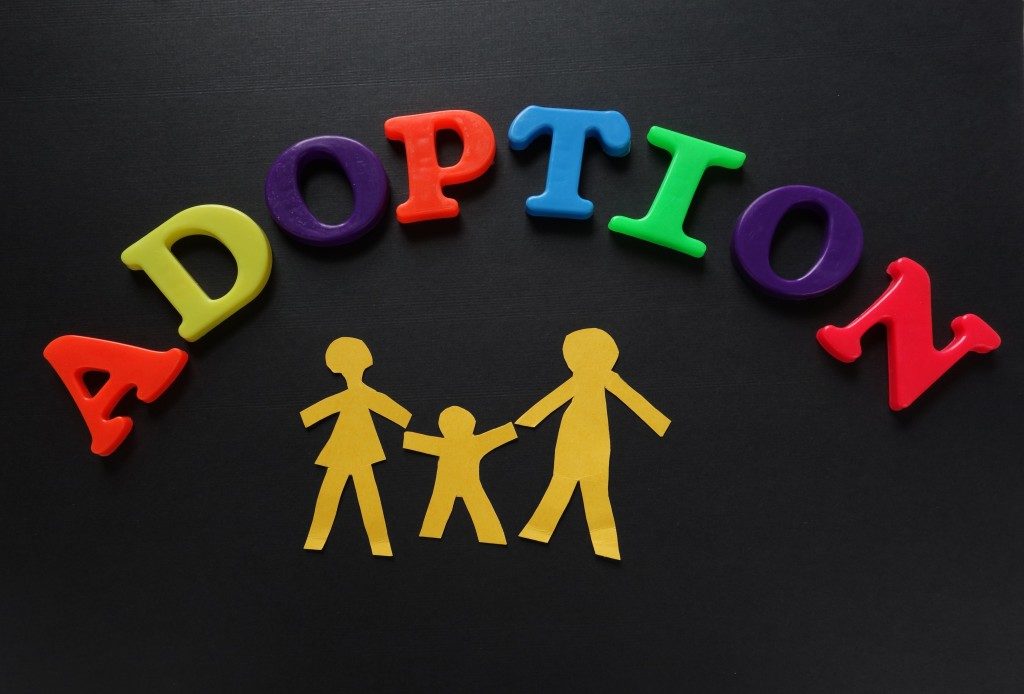Estimates suggest that over one million Americans want to adopt. In a 2002 study by the CDC, about 33% of women in their childbearing age thought of adoption. Around 14% of them had already taken steps.
If this the case, why are there so many children who remain in the foster care system? The reason is simple: adoption is never as easy as it sounds.
In Colorado, those who want to adopt a child, even if they are their stepchildren, may need to work with a family lawyer in Denver. The rules can also vary depending on the situation and the times.
For individuals or couples considering adoption, learning the basics can go a long way:
1. What Are the Requirements for Adoption in Colorado?
In general, the adoptive individual or parents should be at least 21 years old. They must also not have any criminal record, especially one that involves violence against women and children. The court, though, may approve those who had misdemeanor cases.
The law doesn’t discriminate against gender, religion, or age. It doesn’t apply any maximum age limit, although the placement agency can. It is also not biased to the adoptive parents’ living conditions, but the agency may consider it when approving the application.
Colorado is also a placement-agency state. It means anyone who wants to adopt a child should go through a placement agency. It may not allow private adoption, which is when adoptive parents take in children from people they know. Of course, the rule is different when it’s stepparent adoption.

2. How Does International Adoption Work in Colorado?
Studies suggest that adoption has become more interracial over the years. The data by the Institute for Family Studies in 2011 revealed that over half of adopted kindergarteners were already non-white. About 23% were Hispanics, while over 10% were Asians.
One of the primary reasons is the ability to adopt children outside the United States. Colorado already has many licensed placement agencies that can connect potential parents to these kids conveniently.
Nevertheless, it isn’t easy. For one, the process can be costly. Currently, adoptive parents may have to spend at least $20,000 to bring the child to the United States.
The child must also have an immigrant visa before they travel. Parents, meanwhile, need to mind the international adoption laws of their child’s country of origin and destination.
For these reasons, working with a family lawyer in Denver helps. They can help choose and even process the right visa. They can also educate potential parents on international adoption laws.
3. What Is High-Risk Adoption?
Adoption has many types. In the United States, it can be either open or closed:
- In open adoption, the child is aware of their biological parents. The adoptive parents may also allow the original parents and the child to interact.
- In a closed adoption, the child doesn’t have any contact with their birth moms and dads.
Either way, adoption terminates the rights of the birth parents on the child. These and legal responsibilities transfer to the adoptive parents.
In some situations, though, the adoption process becomes high risk. It happens in two ways:
- The agency placed a child for adoption before the termination of the rights of the birth parents.
- The rights of the birth parents may have already been terminated, but they are appealing the adoption to the court.
High-risk adoption places everyone in a sticky situation, especially if the child has already bonded with the adoptive parents. It can involve a messy day in court.
Adoptive parents can get legal help, but it may also be necessary to consider the circumstances of the child before they begin the adoption process.
Adoption is challenging, costly, and time-consuming. But for many couples or individuals, it can mean many things, including finally building a family. For them, money and time are worth it.











